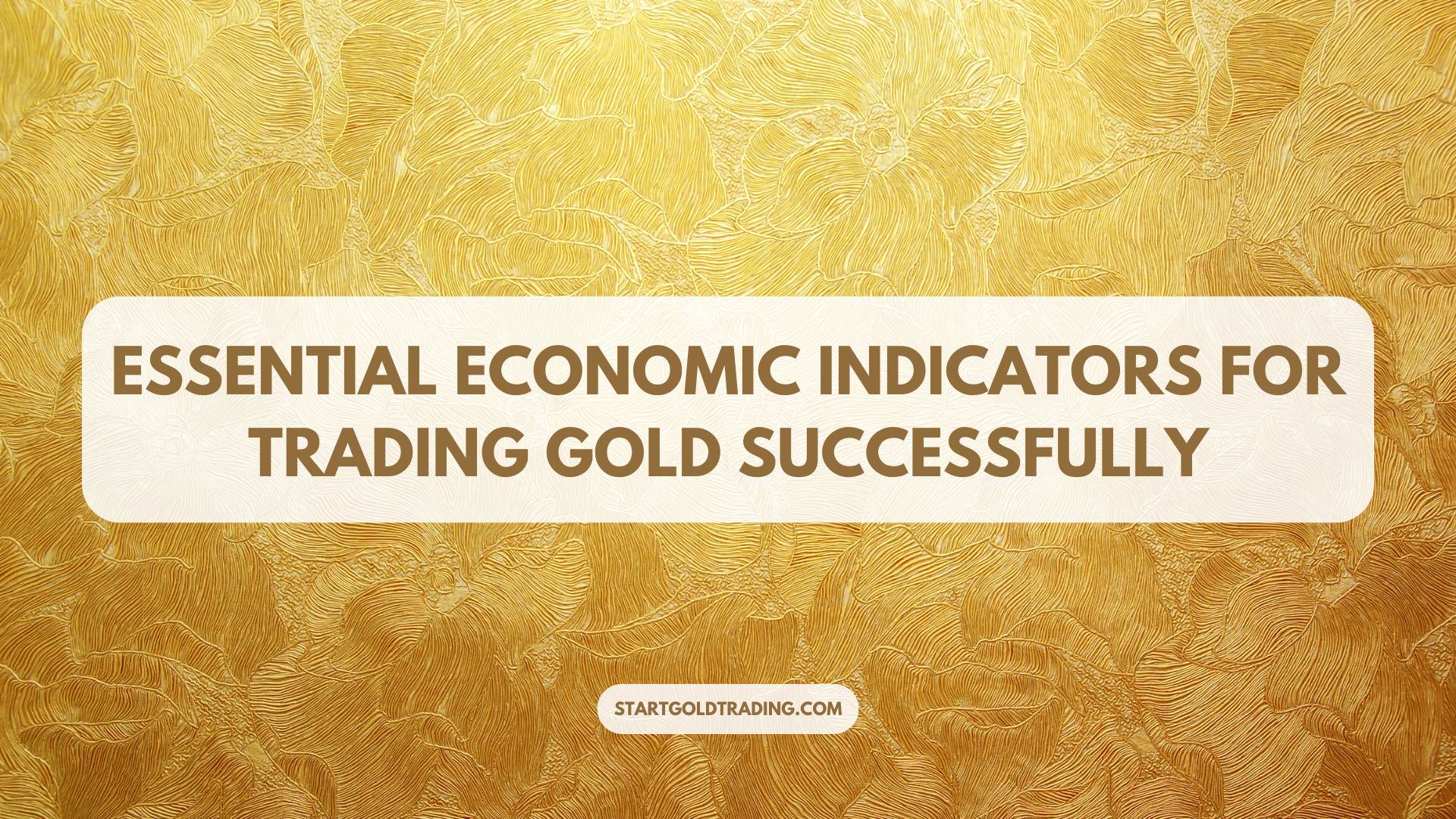Trading gold requires an understanding of key economic indicators that influence its price movements. Factors such as interest rates, currency strength, and geopolitical stability play crucial roles in shaping gold’s demand and value. Here’s how these indicators affect gold trading and how traders can use them to make informed decisions.
1. Interest Rates: The Relationship Between Interest Rates and Gold Prices
Interest rates, set by central banks like the Federal Reserve (Fed), directly impact gold prices. Since gold does not yield interest, its attractiveness changes with fluctuations in interest rates.
How Interest Rates Affect Gold
- Higher Interest Rates: Increase returns on bonds and savings accounts, reducing gold’s appeal. Gold prices tend to fall as investors shift to yield-bearing assets.
- Lower Interest Rates: Reduce the opportunity cost of holding gold, increasing demand and pushing gold prices higher.
Tracking Interest Rates for Gold Trading
- Follow Federal Reserve rate decisions and announcements.
- Monitor central bank policies from the European Central Bank (ECB) and Bank of Japan (BOJ).
- Analyze bond yield trends as a secondary indicator of interest rate expectations.
2. Currency Strength: How the Strength of the Dollar Impacts Gold Prices
The U.S. dollar plays a dominant role in gold pricing since gold is primarily traded in dollars. The relationship between gold and the dollar is generally inverse—when the dollar strengthens, gold prices fall, and vice versa.
Factors Influencing Dollar Strength
- Federal Reserve Policies: Tightening monetary policies strengthen the USD, lowering gold prices.
- Inflation Rates: Rising inflation weakens the dollar, increasing gold’s attractiveness as an inflation hedge.
- Global Trade Trends: Trade deficits or surpluses affect the dollar’s value, impacting gold demand.
Using Currency Strength in Gold Trading
- Monitor the U.S. Dollar Index (DXY), which tracks the dollar against other major currencies.
- Analyze foreign exchange (Forex) market trends for insights into dollar movement.
- Pay attention to inflation data, as it directly influences both the dollar and gold.
3. Geopolitical Stability: The Effect of International Politics on Gold
Gold is a safe-haven asset, meaning that during times of geopolitical instability, investors turn to gold to protect their wealth. Political tensions, wars, and economic crises can trigger sudden spikes in gold prices.
How Geopolitical Events Affect Gold Prices
- Wars & Conflicts: Increase uncertainty, leading to higher gold demand.
- Trade Wars & Sanctions: Disrupt global economies, weakening major currencies and strengthening gold.
- Elections & Policy Changes: Unexpected political shifts can cause investors to hedge with gold.
Tracking Geopolitical Risks for Gold Trading
- Follow major global news sources for political developments.
- Pay attention to diplomatic tensions and trade negotiations.
- Monitor gold’s price reaction to crisis events for pattern recognition.
Conclusion
Understanding key economic indicators such as interest rates, currency strength, and geopolitical stability can help traders make informed decisions when trading gold. By keeping an eye on central bank policies, exchange rates, and global political events, traders can anticipate gold price movements and adjust their strategies accordingly.
🚀 Want to trade gold more effectively? Stay informed, analyze these indicators, and refine your trading approach for success!

